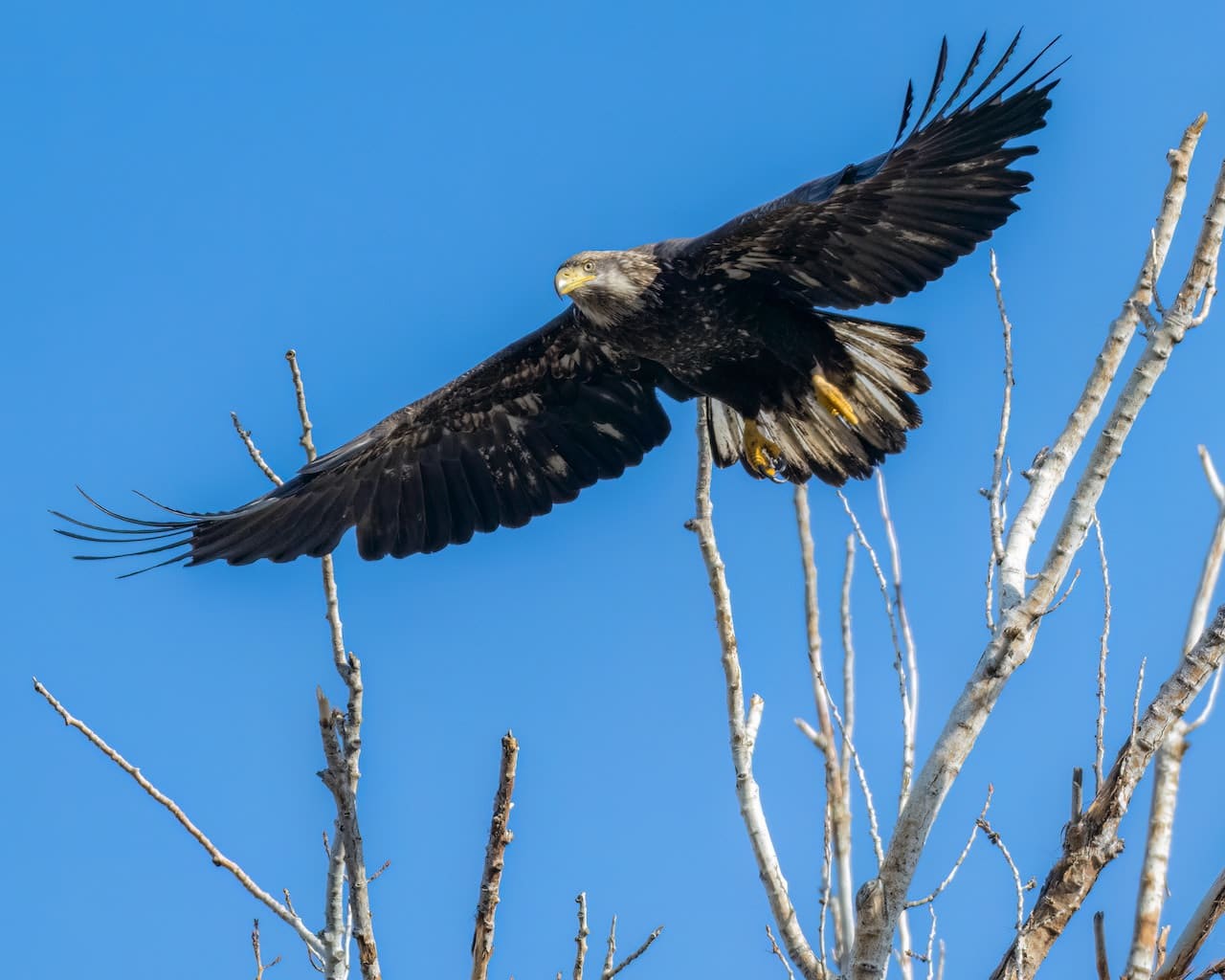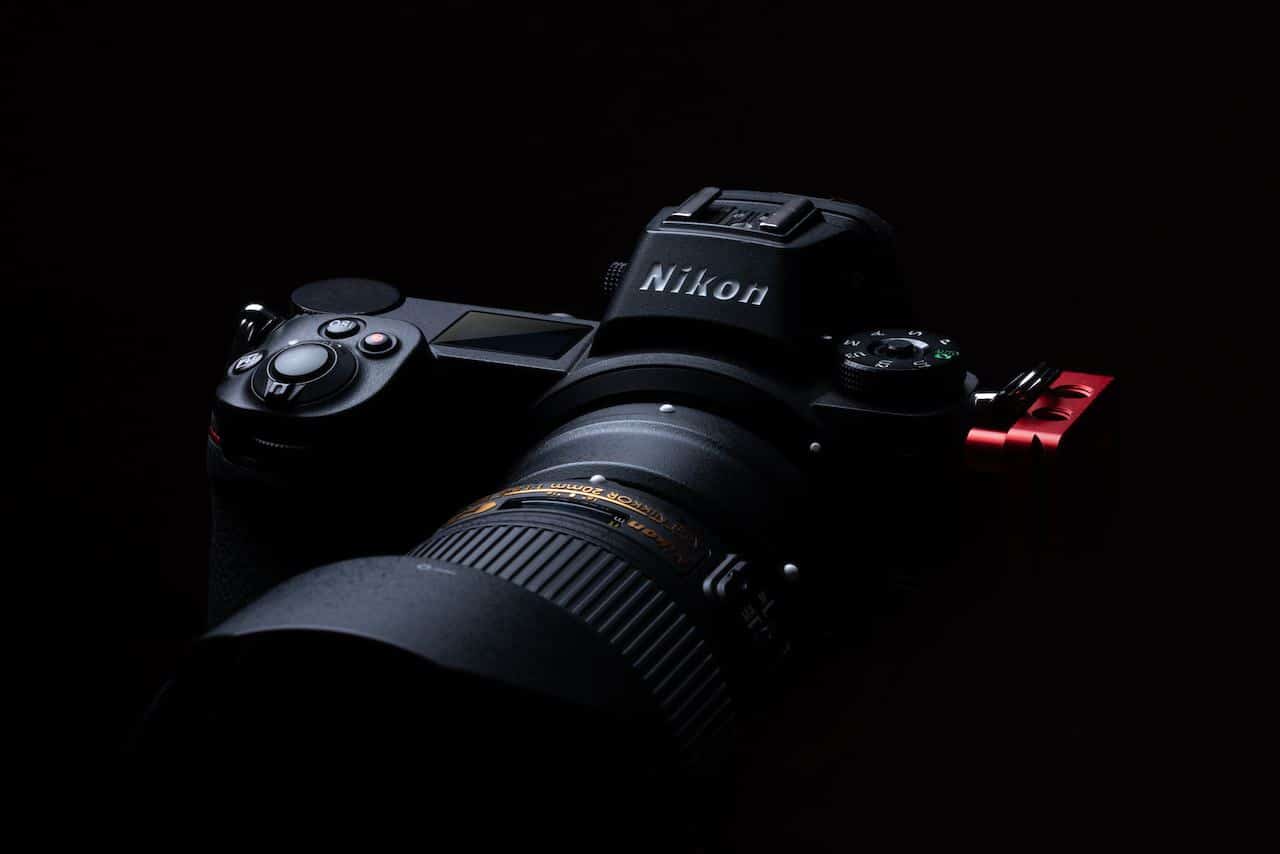Last updated on February 19th, 2024
Are you a professional photographer looking to take your work to the next level? Then you need to know about Nikon 3D tracking. This revolutionary autofocus technology takes photography to the next level and offers advanced features that can give excellent results. Keep reading for an overview of what Nikon 3D tracking is and how it works.
What is Nikon 3D Tracking?
Nikon 3D tracking is a feature found on specific Nikon cameras from the company that uses advanced technology to track subjects as they move through a scene.
This allows photographers to capture high-quality images without worrying about their subjects moving out of frame or getting blurry due to camera shake. It also helps reduce the time spent editing photos, as all details are already captured in-camera.

How Does Nikon 3D Tracking Work?
Nikon’s 3D tracking technology uses an array of camera sensors and lenses that detect movement in three-dimensional space.
The camera then adjusts its focus and shutter speed accordingly so that the image will remain sharp and clear even if the subject moves quickly.
It also helps ensure that there are no missing details in a shot, even if something moves quickly across the frame. This feature can also be used with still photographs and video recordings.
Benefits of Nikon 3D Tracking
Using Nikon’s advanced 3D tracking system has many benefits for professional photographers looking to take their work up a notch. Not only does it allow them to capture detailed images without having to worry about blurring or missing any details, but it can also help save time during post-production since less editing is required after shooting with this feature enabled.
Additionally, this system is more accurate than traditional focus systems, making it perfect for capturing action shots or any other type of situation where speed and accuracy are essential.
Conclusion
Nikon’s 3D tracking technology offers photographers a new way to capture beautiful images with ease and precision. This feature ensures that all details are captured in-camera while helping save time during post-production, thanks to its accuracy and efficiency when dealing with fast-moving subjects or scenes with multiple elements.
If you’re looking for ways to elevate your photography game, then be sure to check out Nikon’s range of cameras equipped with this revolutionary feature.
How to Use Nikon 3D Tracking
Total time: 1 minute
1. Turn on 3D Tracking
Turn on your Nikon camera and set the autofocus to 3D tracking.
2. Focus on Subject
Select the subject you wish to focus on, ensuring that it is within the active focusing area.
3. Press Shutter Halfway Down
When you press and hold the shutter button halfway down, your camera will use its advanced 3D tracking feature to automatically track your subject as it moves around in a scene.
4. 3D Tracking Is Enabled
The system will recognize and analyze your chosen subject, taking into account color, shape, and position information from up to 35 different AF points across a wide area of the frame for accurate focusing accuracy.
5. Pan Camera as Subject Moves
As you move the camera or the subject changes location or orientation, the 3D tracking autofocus will adjust focus according to each movement without having to manually change focus settings or select a new AF point — making it easier for you to capture sharp images quickly and easily with minimal effort while shooting action scenes or moving subjects like sports events or animals in motion.
6. Facial Recognition (optional)
Additionally, if face recognition is enabled in your camera’s menu settings, 3D Tracking Autofocus can be used even more effectively; by recognizing human faces in a scene, it can keep them constantly in focus no matter where they go within the frame or how much their orientation changes relative to the camera lens — giving greater control over portrait photography when snapping shots of friends and family alike while they are in motion.
Liya Kravchenkin is an experienced portrait photographer. She has worked with clients worldwide and has even traveled to more than 50 countries. Liya loves photography because it allows her to capture a moment that can never be repeated. Liya also enjoys traveling, learning about new cultures, and seeing the world’s unique natural wonders. Her favorite travel memories are from swimming with dolphins in the Galapagos and eating cheesecake in New York City.

